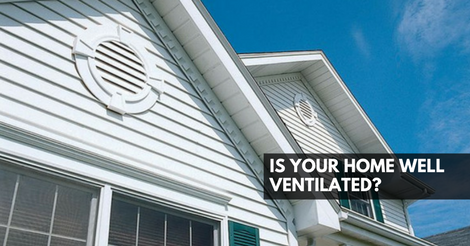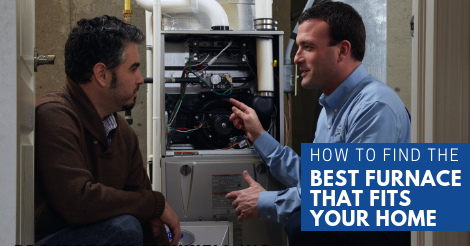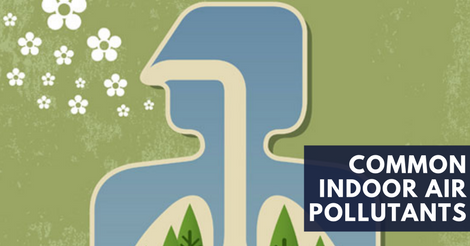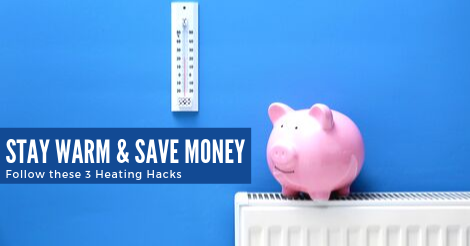Are you feeling stuffy? Coughing? Uncomfortable? Poor ventilation in your home can make your home feel uncomfortably hot or cold depending on the season and can also trap harmful pollutants inside reducing indoor air quality.
You can tell if your home is inadequately ventilated if:
You are uncomfortable.
Humidity and temperatures that are difficult to control affect your comfort level.
You notice condensation.
Some condensation on the inside of your windows does not seem like a big deal, but if high levels of moisture and humidity are not addressed it could lead to:
Health problems from exposure to mold and bacteria
Ruined insulation
Wood Rot
You aren’t feeling well.
Sneezing, coughing, feeling stuffy, tired, and even having headaches can be caused by pollutants trapped in your home. You may be surprised to find out what items can pollute indoor air. Carpet, furniture, chemical cleaners, candles, and even air fresheners are common culprits of indoor air pollution.
Also, watch out for other indoor air pollutants like mold, bacteria, carbon monoxide, smoke (in homes with smokers or guests who smoke), and radon. Remember to make sure your carbon monoxide and smoke detectors are working correctly and replace the batteries on a regular basis.
How to Improve Your Home’s Ventilation
Open your windows and doors when temperatures permit to air out your home naturally. In the summertime, it is best to open your windows in the morning and evening. In the winter, improve indoor air quality by opening a window in one room at a time for a few minutes.
Use your kitchen and bathroom exhaust fans to control humidity in these moisture-prone areas.
Are you concerned about your home’s indoor air quality? Contact us today to schedule a consultation. We can make recommendations on how to improve your indoor air quality.




